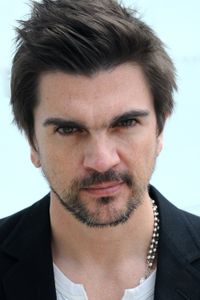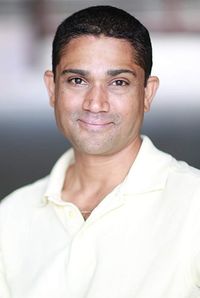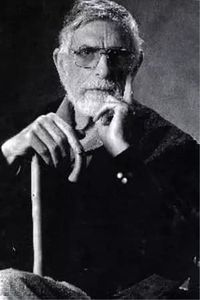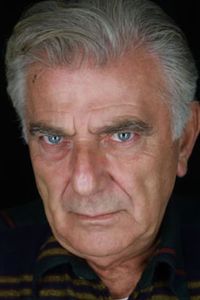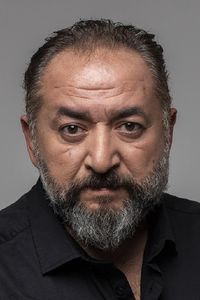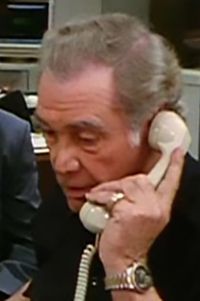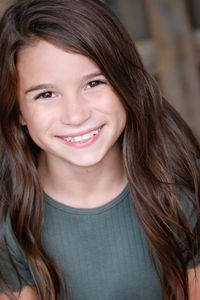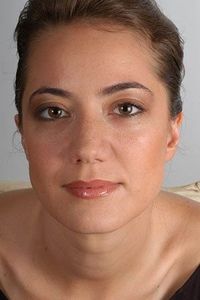Léonce-Henri Burel was a renowned French cinematographer whose illustrious career spanned an impressive four decades, from the silent era to the early 1970s. With a remarkable body of work that exceeded 120 films, Burel established himself as a master of his craft, with a distinct preference for black-and-white cinematography.
Prior to embarking on his cinematic journey, Burel pursued higher education at the University of Nantes, followed by a stint as a photoengraver. However, his true calling lay in the realm of cinematography, and he soon transitioned to become a skilled camera operator.
In 1915, Burel's talents were discovered by the esteemed director Abel Gance, leading to a prolific collaboration that spanned an astonishing 16 films, including the iconic J'accuse, La Roue, and Napoléon. This partnership not only showcased Burel's technical prowess but also his ability to adapt to various cinematic styles and genres.
Throughout the silent film era, Burel continued to work alongside other prominent directors, such as Jacques Feyder, honing his skills and developing a unique visual aesthetic. As the industry transitioned to sound, Burel maintained his momentum, collaborating with Jean Dréville and Henri Decoin during the 1930s.
One of the most notable highlights of Burel's career was his work on Le Journal d'un curé de campagne, which earned him the prestigious best cinematography award at the Venice Film Festival in 1951. This recognition marked the beginning of a significant collaboration with the acclaimed director Robert Bresson, which would span three further films.
In addition to his extensive work as a cinematographer, Burel also ventured into directing, helming three films between 1922 and 1932. Throughout his illustrious career, Burel's dedication to his craft, his innovative approach to cinematography, and his collaborations with some of the most influential directors of his time have cemented his legacy as one of the most respected and accomplished cinematographers in French cinema.


